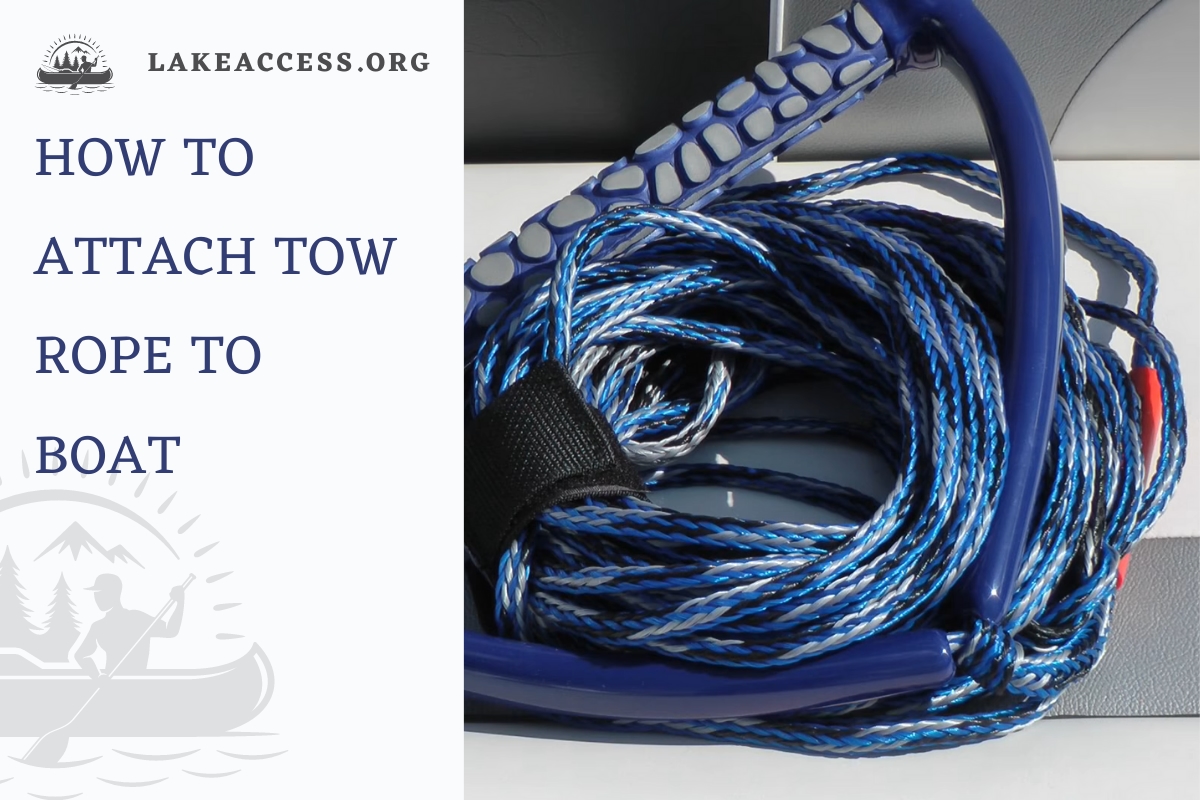Towing water skiers, wakeboarders, and tubes is a thrilling and exhilarating activity that many boat enthusiasts enjoy. It’s a great way to spend time on the water and create unforgettable memories with family and friends. However, it’s crucial to attach the tow rope to the boat correctly to ensure everyone involved’s safety.
Improper attachment of the tow rope can lead to disastrous consequences, such as accidents, injuries, and even fatalities. Hence, it’s essential to follow the proper guidelines and techniques when attaching the tow rope to the boat. In this comprehensive article, we’ll discuss the step-by-step process of attaching the tow rope to the boat as safely and effectively as possible.
Preparations
Before attaching the tow rope to the boat, it’s crucial to ensure that the rope is in good condition and that the attachment point is suitable for towing. Additionally, you should prepare the boat for towing by removing any unnecessary items that may get in the way.
1. Checking the tow rope for damage
Before using the tow rope, inspect it thoroughly for any signs of wear and tear. Look for fraying, cuts, or any other damage that may compromise the rope’s strength. If the rope shows any damage, it should be replaced immediately.
2. Choosing the correct attachment point
When towing, it’s essential to attach the tow rope to a strong and secure point on the boat. The best attachment point is usually the boat’s tow hook or pylon. If your boat doesn’t have a tow hook or pylon, you can use a cleat or a ski eye, but make sure it’s strong enough to handle the towing force.
3. Preparing the boat
Before towing, remove any unnecessary items from the boat that may get in the way. Ensure that all passengers are seated and secure and that no loose items may fly out of the boat during the tow.
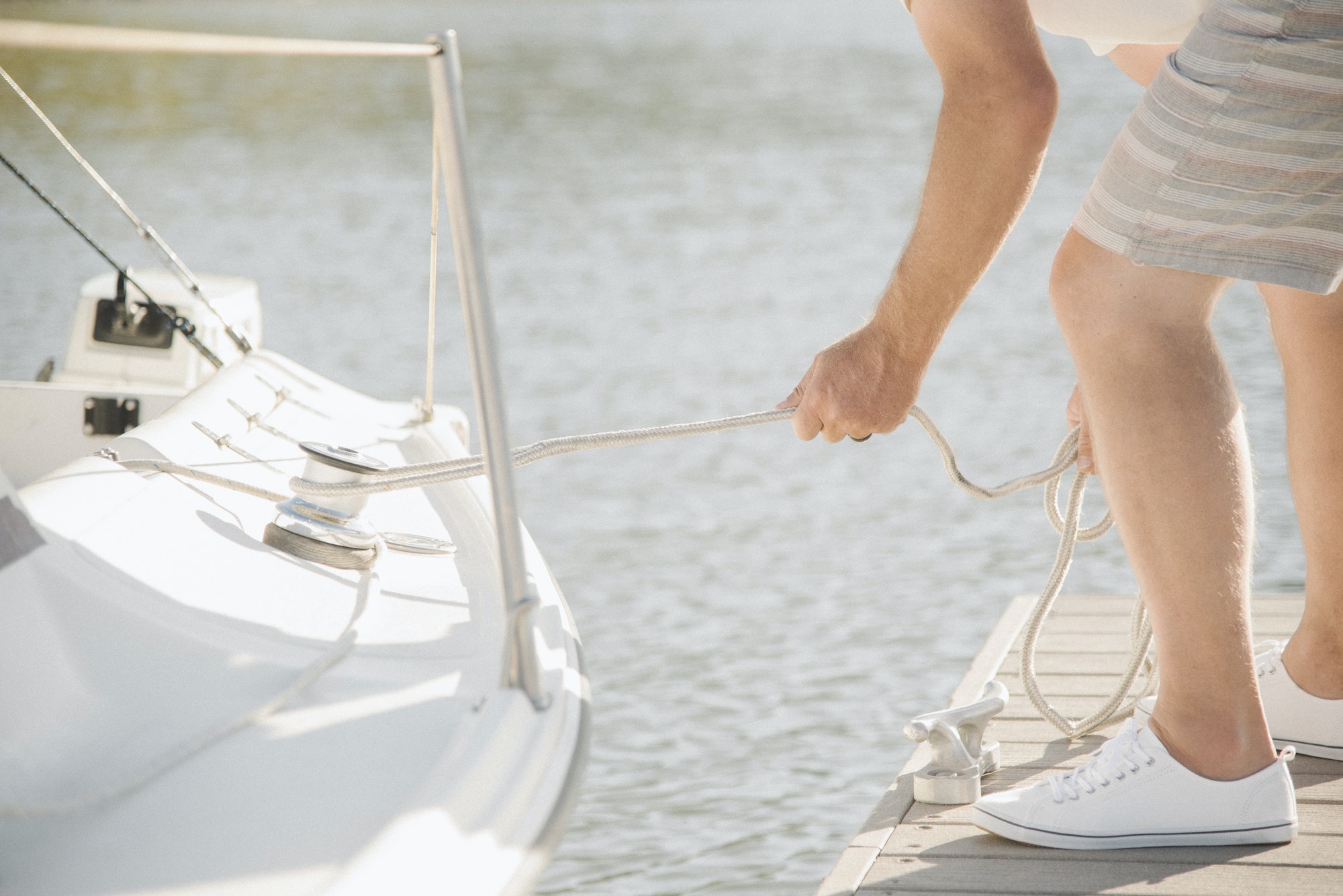
Attaching the Tow Rope
Attaching the tow rope to the boat is a critical step that requires precision and attention to detail. It’s crucial to follow the correct steps to ensure that the towable device is secured properly to the boat and that everyone involved in the activity remains safe throughout the tow.
• To begin, pass the tow rope through the attachment point on the boat. This attachment point is usually located at the stern of the boat and is designed specifically for towing. Once you’ve passed the rope through the attachment point, tie a knot at the end of the tow rope. Ensure the knot is tight and secure to prevent it from coming loose during the tow.
• After tying the knot, it’s essential to check it to ensure that it’s properly tied and won’t come undone during the tow. You can do this by tugging on the rope and checking for any slack or movement in the knot. If the knot feels loose, untie it and tie a new knot to ensure that it’s tight and secure.
• Finally, attach the other end of the tow rope to the towable device, making sure that it’s also tied securely. This is crucial to ensure that the towable device remains connected to the boat and won’t come loose during the tow. Make sure that the rope is tied securely to the device, and check for any signs of wear or tear in the rope before starting the tow.
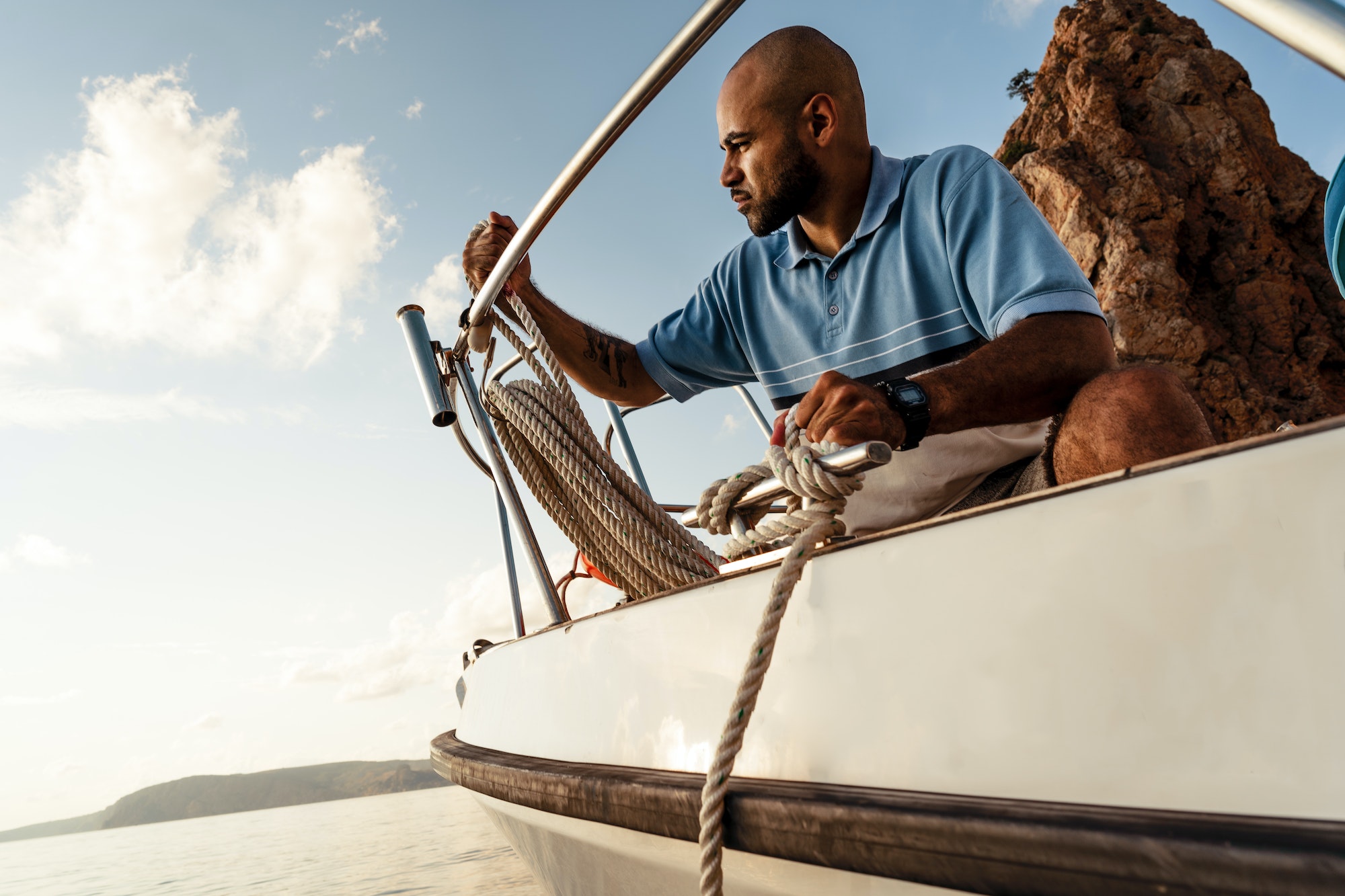
What kind of Tow Rope to use?
Choosing the suitable tow rope is essential in ensuring a safe and enjoyable towing experience. There are several factors to consider when selecting a tow rope, including the type of activity, the weight of the towable device, and the number of riders.
For water skiing and wakeboarding, using a non-stretch rope made of high-quality materials like polypropylene or Spectra is recommended. These materials provide excellent strength and durability, which is crucial for these high-speed activities.
For towing tubes and other inflatable devices, it’s recommended to use a stretch rope made of bungee cord material. This type of rope is designed to provide a smoother ride, reducing the strain on the towable device and the riders.
When selecting a tow rope, it’s also essential to consider the weight of the towable device and the number of riders. Ensure that the rope you choose has a weight capacity that exceeds the combined weight of the device and the riders.
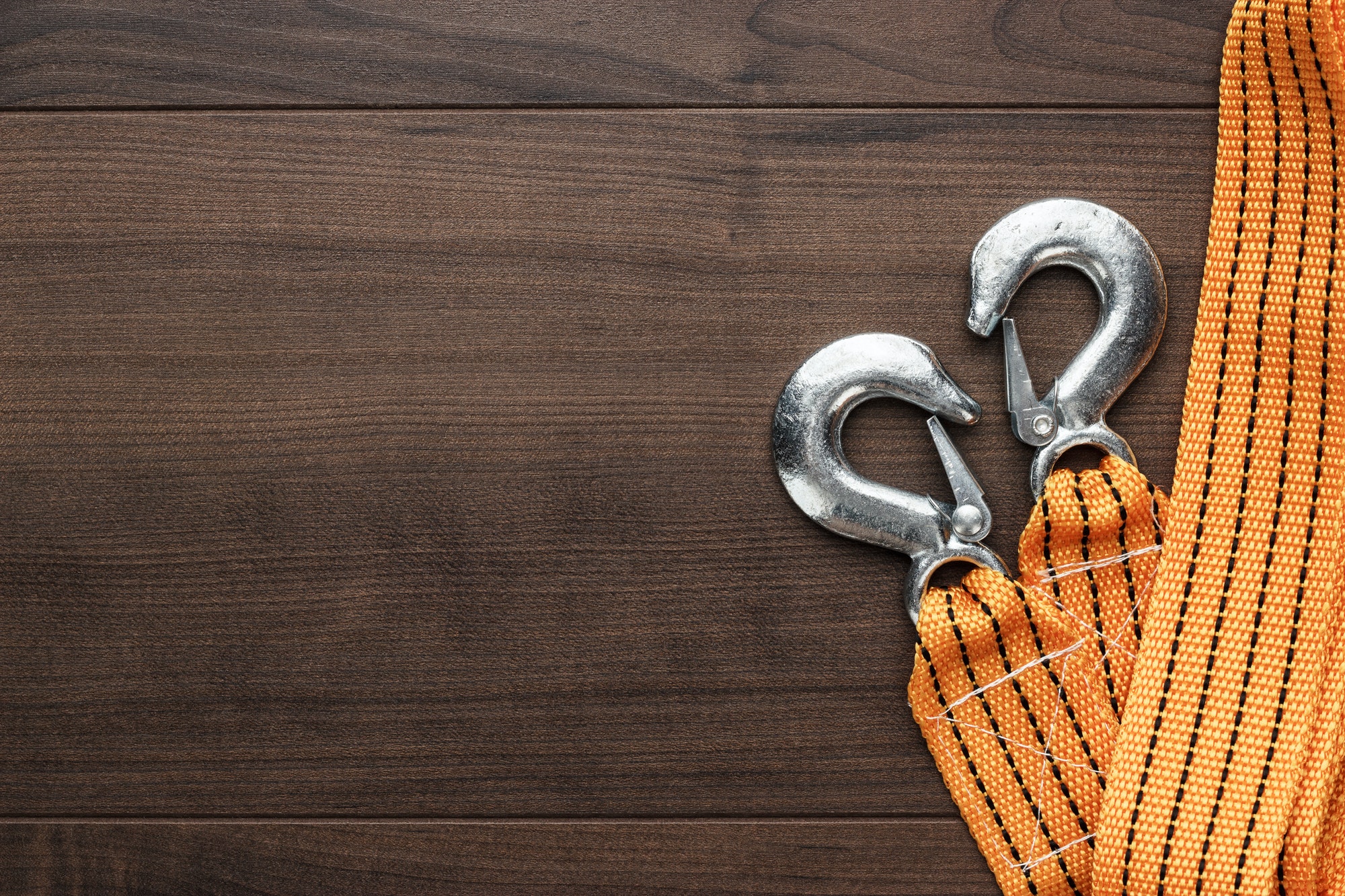
Where to Attach the Tow Rope?
Attaching the tow rope to the boat is crucial in ensuring a safe and effective tow. The attachment point on the boat varies depending on the type of boat and its design.
For most boats, the attachment point is located at the back of the boat, near the stern. Look for a metal U-shaped ring or a ski pylon mounted on the back of the boat, which is designed specifically for attaching tow ropes.
If your boat doesn’t have a dedicated attachment point, you can use a tow harness, which attaches to the boat’s cleats or tie-down points. A tow harness is a versatile option that works with most types of boats, but it’s essential to ensure that the harness is rated for the weight of the towable device and the number of riders.
Once you’ve identified the attachment point, pass the tow rope through it and tie a knot at the end of the rope. Ensure the knot is tight and secure, and check it to ensure it’s properly tied and won’t come loose during the tow.

What kind of Knot to use?
Choosing the right knot is just as important as finding the correct attachment point when attaching a tow rope to a boat. The type of knot you should use depends on the towable device you’re using and the strength of the tow rope.
The bowline knot is the most commonly used for attaching tow ropes to boats. The bowline knot is a strong, secure, and easy-to-tie knot that creates a loop at the end of the tow rope. This loop can be passed through the attachment point on the boat and then tightened to secure the tow rope.
To tie a bowline knot, form a loop in the tow rope, leaving a long tail on the side of the loop closest to the boat. Next, take the tail and pass it through the loop, then wrap it around the standing part of the rope (the part that runs to the towable device) and bring it back through the loop. Finally, tighten the knot by pulling on the rope’s standing part while holding the loop with your other hand.
It’s essential to ensure the knot is tied correctly and securely before beginning the tow. If you’re unsure about how to tie a bowline knot or have any doubts about the security of the knot, it’s always better to seek help from someone who has experience with boat towing.
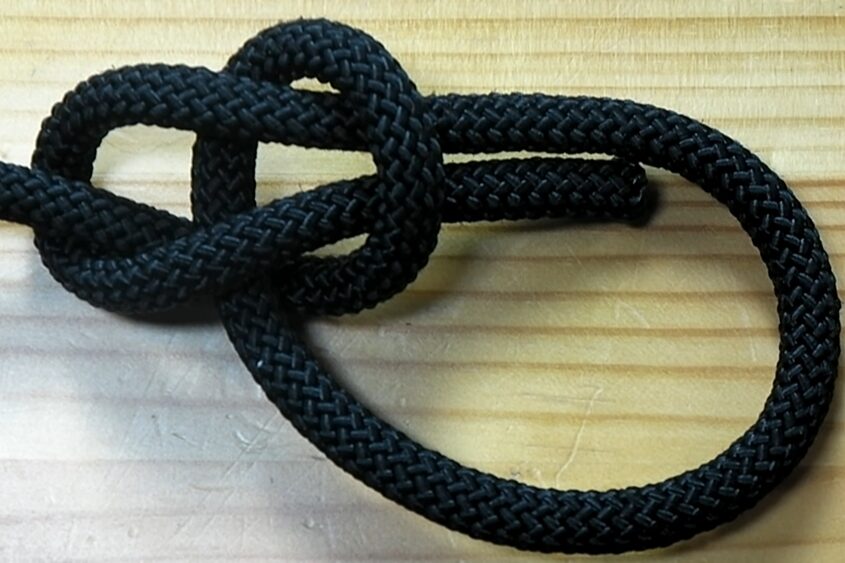
FAQs
How do I know if my tow rope is in good condition?
It’s essential to regularly inspect your tow rope to ensure it’s in good condition before using it for towing. Look for any signs of wear, fraying, or damage to the rope. If you notice any damage, it’s best to replace the rope to avoid any potential accidents or injuries.
What is the recommended speed for towing?
The recommended speed for towing depends on the type of towable device and the experience level of the rider. In general, it’s best to start with a slower speed and gradually increase it as the rider becomes more comfortable. A safe speed for towing is usually between 15-25 mph.
Why do I need a special rope for tubing?
The tubing rope is thicker and more robust than regular rope because it needs to hold up against the pressure of the water and other forces while you’re riding on your tube. It also has a special coating that makes it easier to hold onto.
Can I use any attachment points on my boat for towing?
No, not all attachment points on a boat are suitable for towing. You should always use a designated tow point on the boat to ensure that the rope is securely attached and won’t damage the boat. Consult your boat’s owner manual for the recommended attachment point.
Do I need to wear a life jacket when towing?
Yes, it’s essential to wear a properly fitting life jacket when participating in any water activity, including towing. A life jacket will help keep you afloat and provide buoyancy if you fall into the water.

